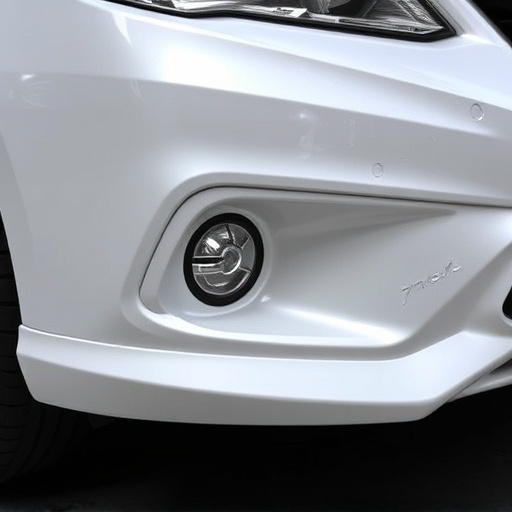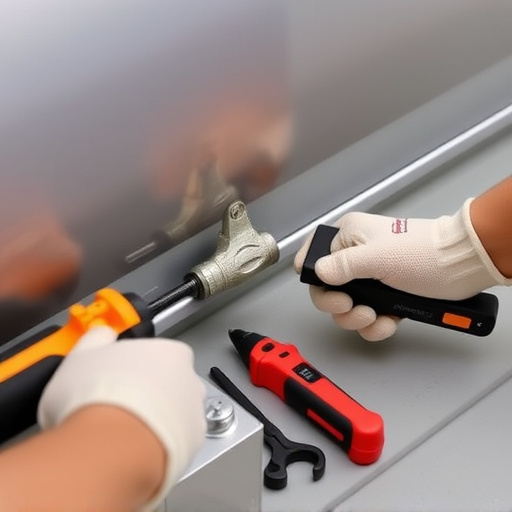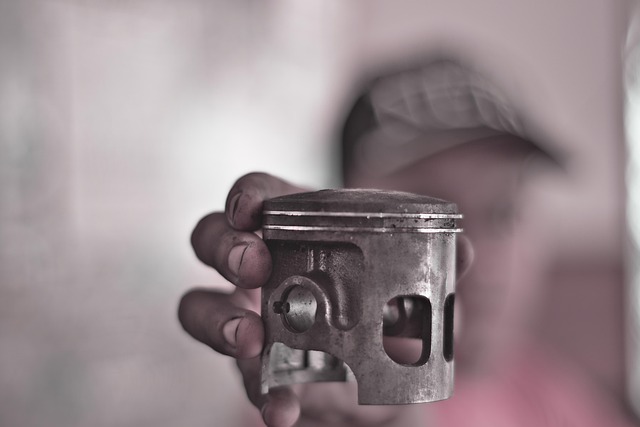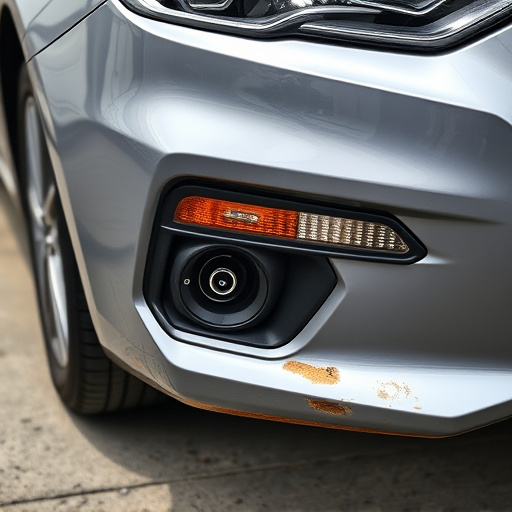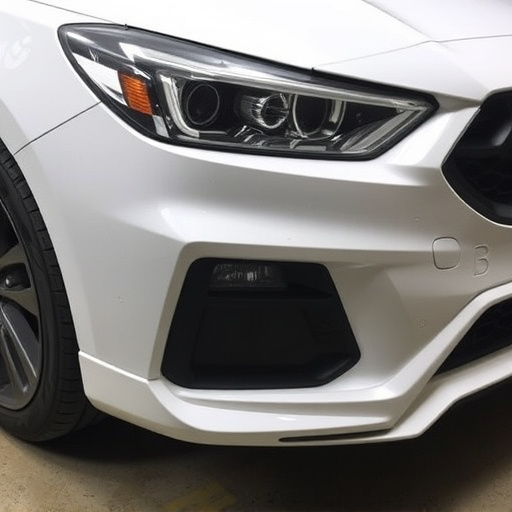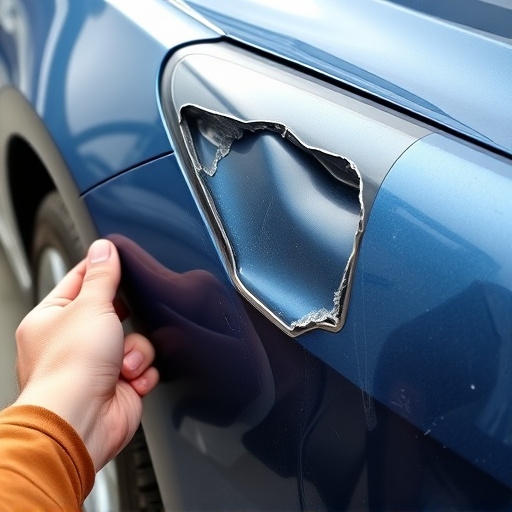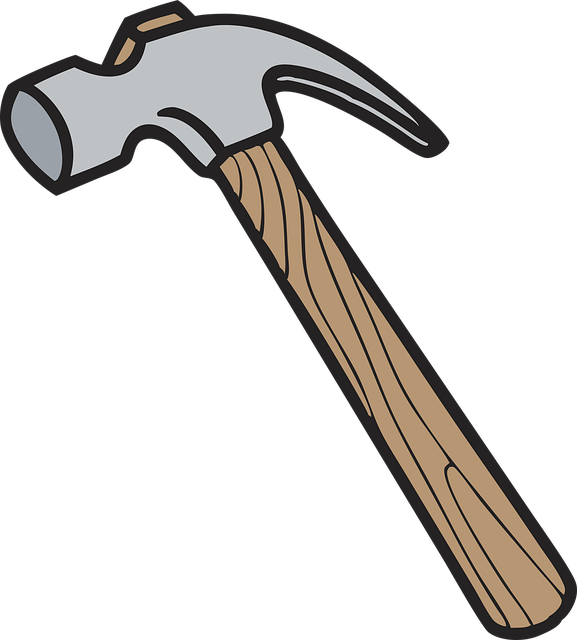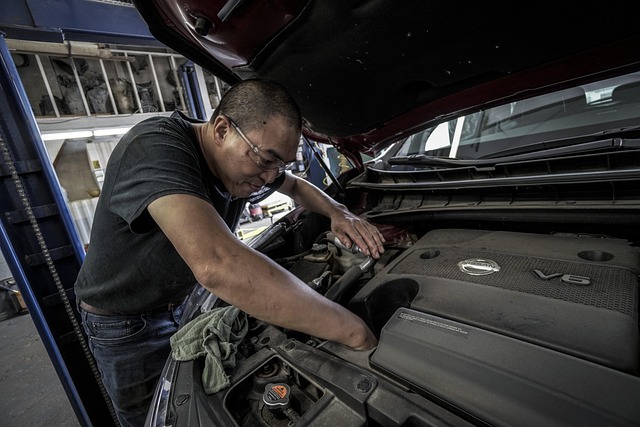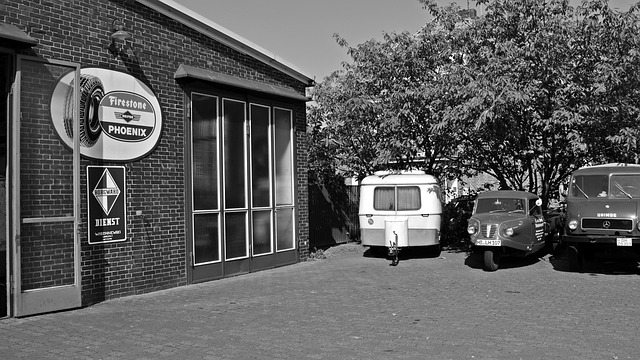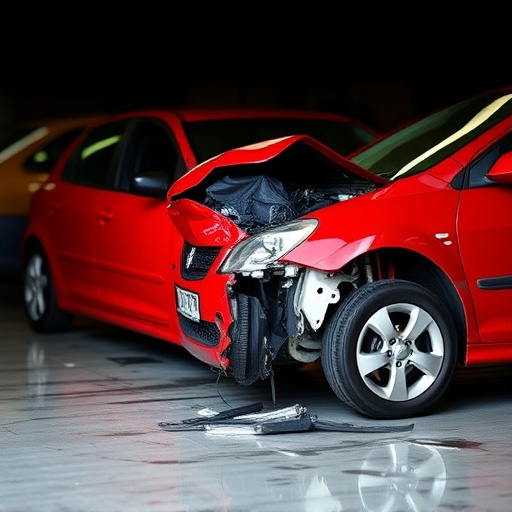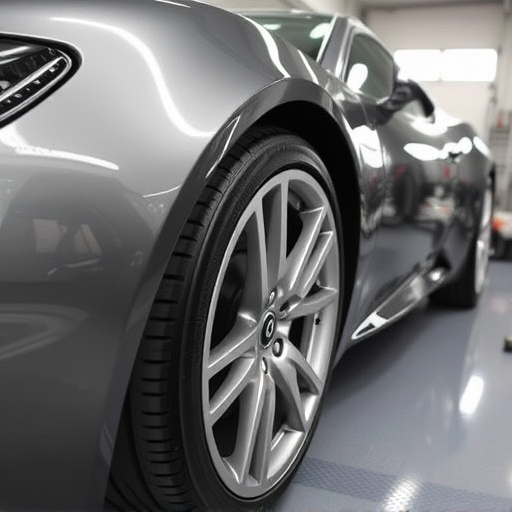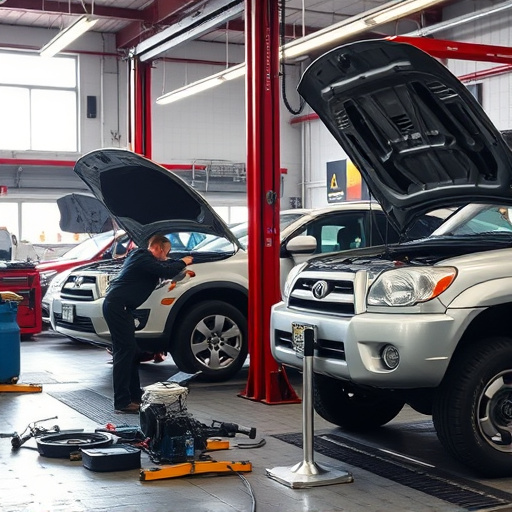Cracks and dents, common automotive issues, require specialized attention during repairs. Advanced frame repair techniques are vital for maintaining structural integrity, with skilled technicians using modern tools to handle various crack types and dents caused by accidents or weather damage. This meticulous process ensures optimal bodywork restoration, highlighting the importance of professional advanced frame repair in the auto care industry.
In the realm of automotive restoration, mastering advanced frame repair is paramount due to the increasing complexity of vehicle designs. This article delves into common damage types demanding such expertise, focusing on cracks, dents, and structural issues. From hairline cracks and bent frames to modern aluminum structures and advanced safety systems, understanding these challenges is crucial for restoring vehicles to their original integrity. By exploring state-of-the-art repair techniques, professionals can ensure not just cosmetic enhancement but also the preservation of safety features and optimal vehicle handling.
- Cracks and Dents: Common Yet Complex Damage
- – Overview of crack types: hairline, star, and compound cracks
- – Various causes of dents: accidents, weather, and manufacturing defects
Cracks and Dents: Common Yet Complex Damage
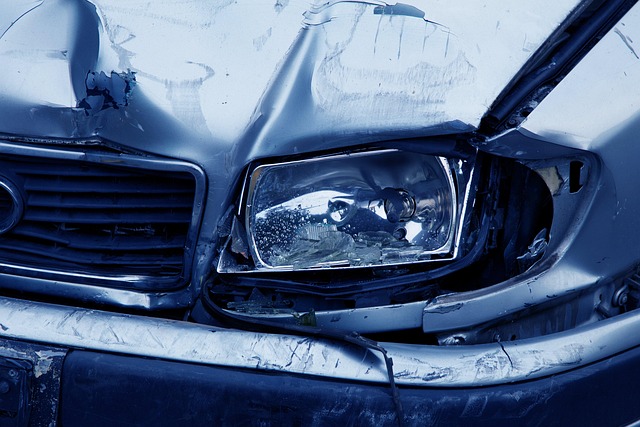
Cracks and dents are often considered the most prevalent forms of automotive damage, yet they can be particularly tricky for auto body services to address effectively. These issues may seem simple at first glance, but they represent a complex challenge when it comes to advanced frame repair. Cracks, especially those in structural components, require precision and expertise to mitigate potential safety risks. Even minor cracks can compromise the integrity of a vehicle’s frame over time if not properly repaired.
In car body repair, addressing dents involves more than just smoothing out the surface. It necessitates a thorough understanding of panel alignment, paint matching, and ensuring the overall structural soundness of the car bodywork. Skilled technicians use specialized tools and techniques to remove dents without damaging surrounding panels or compromising the vehicle’s overall stability, making it a testament to their advanced frame repair capabilities.
– Overview of crack types: hairline, star, and compound cracks
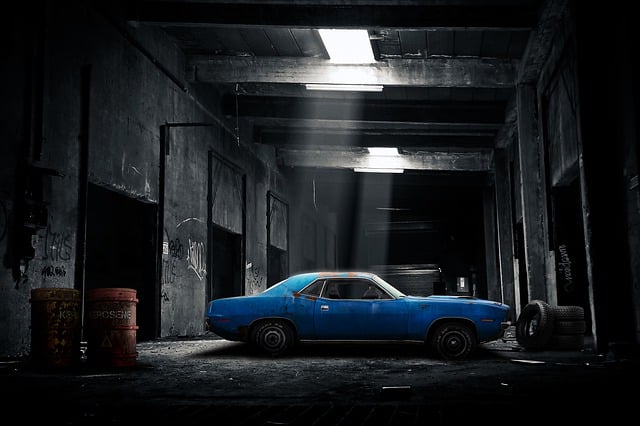
Cracks are a common form of damage that can occur in various types and severities, requiring skilled hands for effective advanced frame repair. Among them, hairline cracks are the most minor but still need precision to fix. These fine lines, often barely visible to the untrained eye, can be caused by subtle stresses or temperature changes. Star cracks, on the other hand, present a more complex pattern resembling a star, typically resulting from sudden force or impact. They demand meticulous care during repair to maintain structural integrity. Compound cracks combine elements of both hairline and star varieties, often extending deeper into the material. Such intricate cracks necessitate advanced frame repair skills to ensure complete restoration without compromising safety.
Whether it’s a subtle hairline crack or more pronounced compound ones, accurate diagnosis and specialized techniques are crucial. Auto repair shops equipped with experienced technicians and modern tools can handle these delicate situations, restoring car bodywork to its optimal condition. Skilled professionals understand that each crack type requires unique approaches, making advanced frame repair an art as much as it is a science in the auto care industry.
– Various causes of dents: accidents, weather, and manufacturing defects
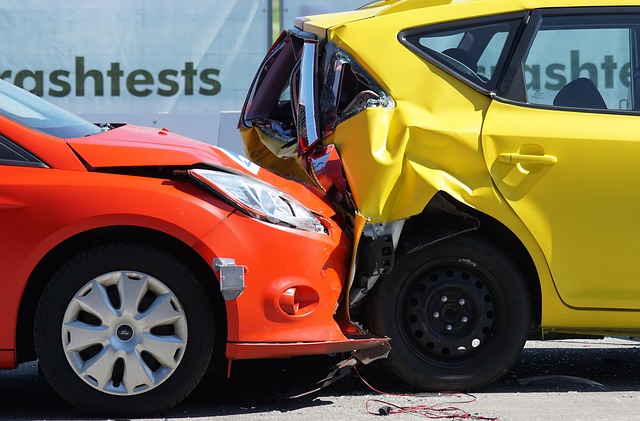
Dents can appear on vehicles for a multitude of reasons, each demanding a specific approach during the advanced frame repair process. One of the most common causes is accidents, whether it’s a rear-end collision or a side impact. These incidents often result in bent metal, crushed panels, and damaged frameworks that require skilled technicians to straighten and replace parts accurately.
Beyond accidents, weather conditions play a significant role in vehicle damage. Rust, for example, can eat away at metal over time, especially in regions with high humidity levels. Manufacturing defects, though less common, can also lead to dents and frame issues. These may include poor-quality materials or faulty assembly lines, highlighting the importance of professional auto collision repair and meticulous auto body painting when addressing structural damage.
In addressing common damage types like cracks and dents that require advanced frame repair skills, understanding the nuances of each issue is paramount. From hairline to compound cracks and a variety of dent causes, effective solutions demand specialized knowledge and techniques. Investing in advanced frame repair ensures not only structural integrity but also preserves vehicle value. By staying informed about these damage types, owners can facilitate swift and accurate repairs, maintaining their vehicles’ safety and aesthetic appeal.

